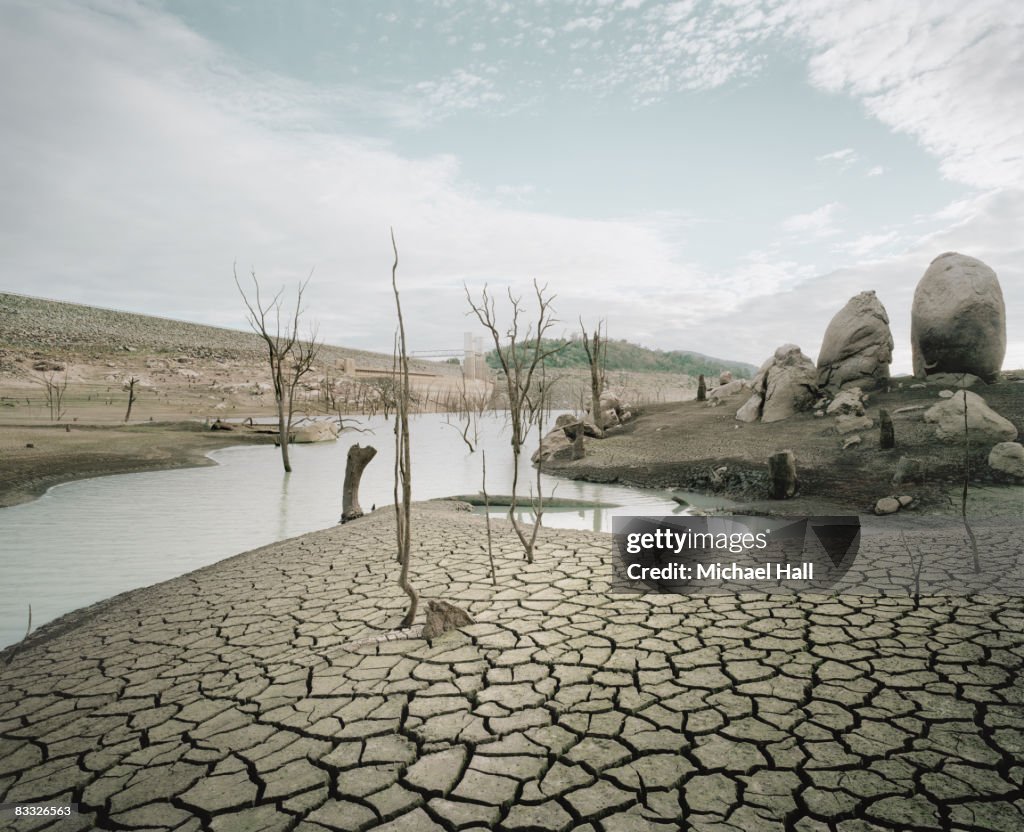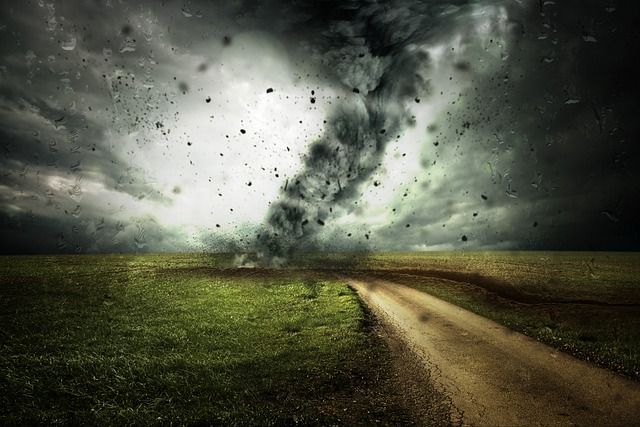
Climate Change is Inflicting Harm if humanity does not curb greenhouse gas emissions from burning fossil fuels, the world faces catastrophic consequences: widespread collapse of agriculture and fisheries, the extinction of countless species, and the displacement of entire communities. While some of these outcomes may still be prevented, climate change is already inflicting harm and loss of life. From raging wildfires to increasingly destructive storms, its escalating effects are visible right outside our windows.
Recognizing these impacts allows us to prepare for the challenges we face now, the risks we can still avoid, and the dangers looming ahead Climate Change is Inflicting Harm —while working to shield all communities. Though climate change touches everyone, the burden is heaviest on the world’s poorest nations. These countries, despite contributing the least to the crisis, are the most vulnerable: they lack the financial means to adapt and rely directly on healthy ecosystems for food and income. In the United States, low-income neighborhoods and communities of color are often on the frontlines of climate damage. Because climate change and inequality are intertwined crises, leaders must act to address both, and we all have a role to play in demanding climate justice.
Read more about Budget friendly car
Read more about Climate change
Rising global temperatures are disrupting weather systems, intensifying droughts, hurricanes, and floods. Extreme events that were once considered rare in our grandparents’ lifetimes are now happening far more frequently. The effects vary across regions: Climate Change is Inflicting Harm one place may endure severe drought while another faces recurring floods.
Since the start of the industrial age about 250 years ago, Earth’s temperature has already climbed by 1.1°C (1.9°F), according to the Intergovernmental Panel on Climate Change (IPCC). Without urgent action to cut fossil fuel use (coal, oil, and gas), temperatures could soar up to 4°C (7.2°F) by 2100 in a worst-case scenario.
Even small increases in global temperatures have huge consequences. Each summer, more areas face sweltering and prolonged heat waves. Meteorologists now link streaks of record-hot days to long-term climate shifts. This is especially dangerous in regions where homes and infrastructure were never designed to withstand extreme heat. And these heat waves aren’t just uncomfortable—they’re the deadliest form of weather-related disaster in the United States.
Hotter conditions accelerate the pace at which water evaporates, worsening and prolonging droughts. Climate change has already driven the American West into a historic “megadrought”—the driest 22-year span in at least 1,200 years—reducing access to drinking water, damaging crops, and leaving forests more vulnerable to insect outbreaks. Dry spells can also trigger a feedback cycle where parched soil and diminished vegetation cause evaporation to speed up even further.
This hotter, Climate Change is Inflicting Harm drier climate also creates ideal conditions for longer, more destructive wildfire seasons—fires spread more quickly, burn for extended periods, and put millions of lives and properties in danger. Between 1984 and 2015, the number of large wildfires in the western U.S. doubled. In California, the land scorched by wildfires each year grew by 500 percent between 1972 and 2018.
Because warmer air can hold more moisture, tropical storms are becoming stronger, wetter, and more prone to rapid intensification. According to the IPCC’s most recent report, rainfall during extreme precipitation events is projected to rise by about 7 percent for every 1°C increase in global temperature—heightening flood risks. Severe Category 4 and 5 hurricanes are also expected to become more frequent. In 2017, Hurricane Harvey, a catastrophic Category 4 storm, unleashed a record 275 trillion pounds of rain on the Houston region, causing dozens of fatalities.
Across the globe, from polar regions to the tropics, climate change is destabilizing ecosystems. Even minor shifts in temperature can trigger profound changes that cascade through habitats and food webs.
The impacts of climate change are most visible in the coldest parts of the planet—the polar regions. The Arctic is warming at about twice the rate of the rest of the world, causing glaciers and polar ice sheets, which store vast amounts of water, to melt rapidly. When sea ice disappears, it exposes darker ocean surfaces that absorb more heat, creating a feedback loop that accelerates melting even further. Within the next 15 years, the Arctic may be completely ice-free during summer months.
Experts warn that the melting of glaciers and sea ice, combined with the expansion of warmer ocean water, could push global sea levels up by as much as 6.6 feet before the century ends if emissions continue unchecked. Such a rise would be catastrophic for low-lying areas, especially island nations and heavily populated coastal cities like Mumbai and New York City.
Even smaller increases in sea level bring serious challenges. The 2022 Sea Level Rise Technical Report from the National Ocean Service estimates that U.S. coastlines will experience about one foot of sea level rise by 2050, causing frequent damage to infrastructure such as roads, sewage systems, and power plants. Beloved beaches may vanish by the century’s end. Rising seas also threaten natural ecosystems, as saltwater intrudes into freshwater aquifers and erodes coastlines. This shift is already reshaping daily life in places like Bangladesh, where nearly a quarter of the land lies below 7 feet in elevation.
In addition to coastal flooding caused by rising seas, climate change is also intensifying the drivers of inland and urban flooding: rapid snowmelt and heavy downpours. As the planet continues to warm—fueling both sea level rise and more extreme storms—the size of the nation’s floodplains is projected to expand by nearly 45 percent by the year 2100. In 2022, catastrophic flooding in Pakistan—submerging almost one-third of the country—was triggered by a combination of glacial melt and relentless monsoon rains.
The world’s oceans are bearing the greatest weight of the climate crisis. Covering over 70 percent of Earth’s surface, they soak up 93 percent of the excess heat trapped by greenhouse gases and about 30 percent of the carbon dioxide produced from burning fossil fuels.
Fish and other sea life that are highly sensitive to temperature are shifting their migration routes to deeper, cooler waters in order to survive, disrupting food chains and commercial fisheries. Marine heat waves, which have increased in frequency by more than one-third, are also on the rise. These extreme events have caused mass die-offs of plankton, fish, and even marine mammals.
On top of this, higher carbon dioxide absorption is steadily making ocean waters more acidic, altering their chemistry and endangering species adapted to a narrow pH balance. Shell-building creatures such as corals, oysters, and mussels are among the first to be affected, since acidification interferes with the process of forming their protective shells.
Terrestrial ecosystems—from ancient forests to grasslands to tropical jungles—are under similar pressure. Climate change is expected to fuel outbreaks of pests, invasive species, and new diseases in forests. It is reshaping which plants can thrive in certain regions and interrupting wildlife life cycles, fundamentally changing ecosystem composition and reducing resilience. Though ecosystems can adapt to some degree, many are nearing the limits of that natural flexibility. As global temperatures climb, more consequences are inevitable.
Climate change seems to be setting off a chain reaction of ecological disruptions that we cannot entirely forecast—and once underway, cannot easily reverse. These destabilizing effects are most visible when keystone species, which play a critical role in maintaining ecosystem balance, are threatened.
In a warming climate, growing crops becomes less predictable, and raising livestock—which are vulnerable to extreme weather—becomes increasingly difficult. Shifts in rainfall patterns lead to erratic flooding and prolonged droughts. Stronger, more frequent hurricanes can destroy an entire harvest in a single season. At the same time, pests, diseases, and invasive species—all of which are costly for farmers to control—are expected to become even more unpredictable. This presents serious challenges, since most farms around the world are small and family-operated. A single drought or flood can wipe out a year’s worth of crops or livestock. For instance, in June 2022, extreme heat in Kansas killed thousands of cattle. Although regenerative agriculture is helping rural communities build resilience against climate change, not all farmers have equal access to the resources and services needed to adopt these sustainable practices.
Healthy soil contains sufficient moisture and nutrients and supports a rich ecosystem of insects, fungi, bacteria, and microbes that nurture healthy plants. Climate change—especially high temperatures and altered rainfall—undermines soil quality. This problem is made worse in places where large-scale, chemically intensive monoculture farming has left soils and crops less resilient to environmental stress.
Damage to agriculture directly endangers the world’s food systems. Food shortages and rising prices driven by climate change will not affect people evenly: those with higher incomes will still have greater access to food, while potentially billions of others may be pushed into hunger—adding to the billions who already struggle to get enough to eat.
The threat extends well beyond polar bears: nearly half of all animal species living in the world’s richest ecosystems—such as the Amazon rainforest and the Galápagos Islands—face the danger of extinction due to climate change. These climate-driven risks come on top of an ongoing biodiversity crisis, which is largely fueled by land and ocean exploitation (for instance, clearing forests for farming or overharvesting wildlife through trade and fishing). With more than 500,000 species already lacking the habitat they need to persist in the long run, unchecked climate change could push countless others past the point of survival.
Climate change reshapes—or in some cases wipes out—the environments that species have slowly adapted to over thousands of years. This is especially damaging for habitats already stressed by other human activities. Ice-dependent creatures such as walruses and penguins, for example, will struggle as glaciers and sea ice continue to shrink. Shifts in ocean temperature strain the algae that support coral reefs, leading to coral bleaching, a crisis that is happening more often. Vanishing wetlands in North America’s Prairie Pothole Region mean the loss of vital breeding grounds and water sources for millions of migratory birds (over 85 percent of wetlands have disappeared since the 1700s). Rising seas will also flood or erode coastal ecosystems, displacing hundreds of bird, invertebrate, and marine species.
Many animals’ natural behaviors—migration, reproduction, feeding—are finely tuned to seasonal changes in rainfall, temperature, and vegetation. But in many cases, the pace of environmental change is too fast for them to adjust. When plant communities shift, or when flowering and hatching happen earlier or later than before, it disrupts food and water availability, sending shockwaves through entire food chains.




